Why the Fujifilm GFX 100 is Next Level
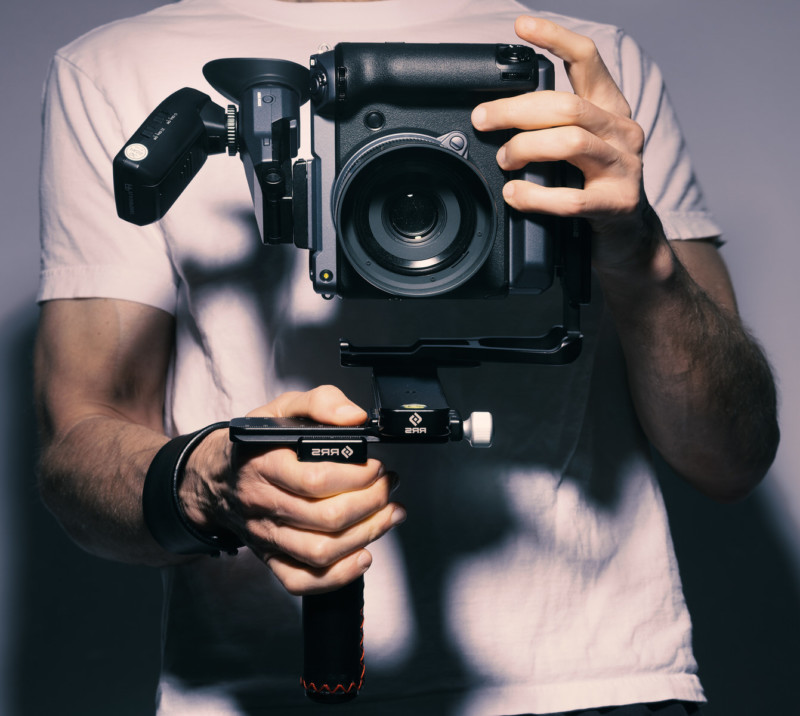
Guest post by Markus Klinko: website / Instagram / MARKUS&KOALA
There has never been a camera that combines such stunning image quality, resolution, dynamic range, autofocus performance, overall handling, and ergonomics like the new Fujifilm GFX 100 does.
Previous medium format digital camera systems have been able to deliver very high-resolution images for a good 10 years now, but have sorely been lacking in handling and speed, particularly when it comes to autofocus performance, and especially with the limitation of only one central autofocus point.
The GFX 100 on the other hand, with its 425 auto focus points tightly spread all across the sensor, delivers blazing fast focus without ever having to re-compose.
With its swivel adapter, the high-resolution EVF can be shifted into various positions, which makes hand-holding over extended time much easier, and the 3-way tilt function of the LCD is a great help for comfortable composing whether the camera is low on the ground or high up overhead.
In early 2017, Fujifilm released the GFX 100’s predecessor, the GFX 50S, that already offered many of these unique features, and I have worked with it exclusively for the past 29 months.
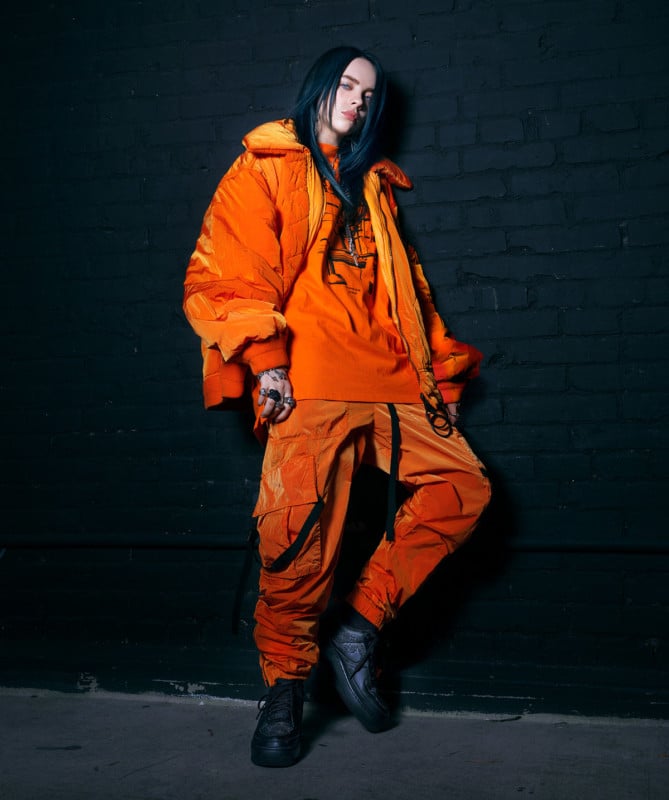
![]()
![]()
Even the 51.4-megapixel files from the GFX 50S are of exceptional quality, which was of great benefit for various applications of my work such as billboards and large-format art gallery prints.
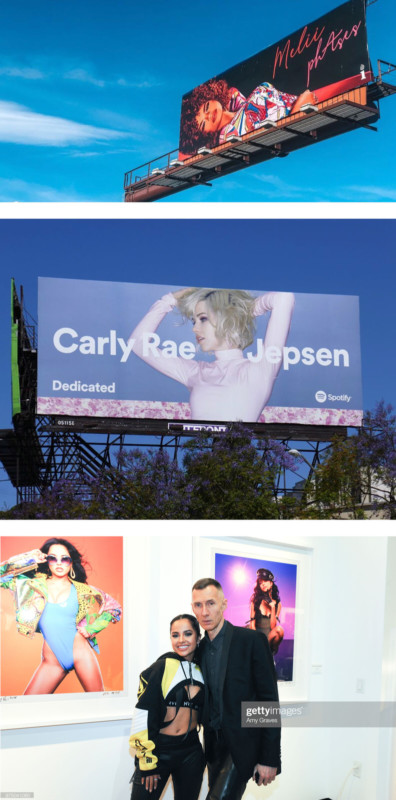
The GFX 100 goes much further, however, not only in terms of the doubled resolution.
For me personally, the most important improvements, in addition to the pixel jump, include:
- Significantly faster AF performance, now using a hybrid phase-detection system.
- Raw capture in 16-bit, for greater dynamic range.
- Much higher resolution OLED EVF.
- In-body image stabilization, which is very helpful to turn on for shooting in low-light situations.
- Improved responsiveness of the shutter release.
In addition, the GFX 100 offers all of the Fujifilm-unique customization functions, programmable buttons and dials, and the ability to lock functions and dials that are not needed for my style of working, such as auto exposure, etc.
I can’t emphasize enough how important these programmable functions are to me, as they contribute, along with the swivel EVF and dual-hinged LCD, to enormous comfort for all-day hand-holding.
With a longer lens mounted, the new camera is quite hefty, for sure. But with the addition of a rail and left-hand grip, I have no problem working hand-held all day, because of the overall ergonomic benefits that this highly flexible camera provides.
In order to mount the camera on tripods, and on rails for grips, camera mounted flash heads, and other accessories, it is necessary to have a stable and well-designed L-plate. Since it is too early to expect the leading companies such as RRS to have dedicated L brackets available, I successfully managed to adapt various parts of the previous RRS L-plate for the GFX 50S, with the help of an intermediate PMG plate.
Luckily, the adaptation works really well, and the battery tray can be moved in and out without having the move the adapted plates at all. This is a great temporary solution until RRS releases the dedicated plate.
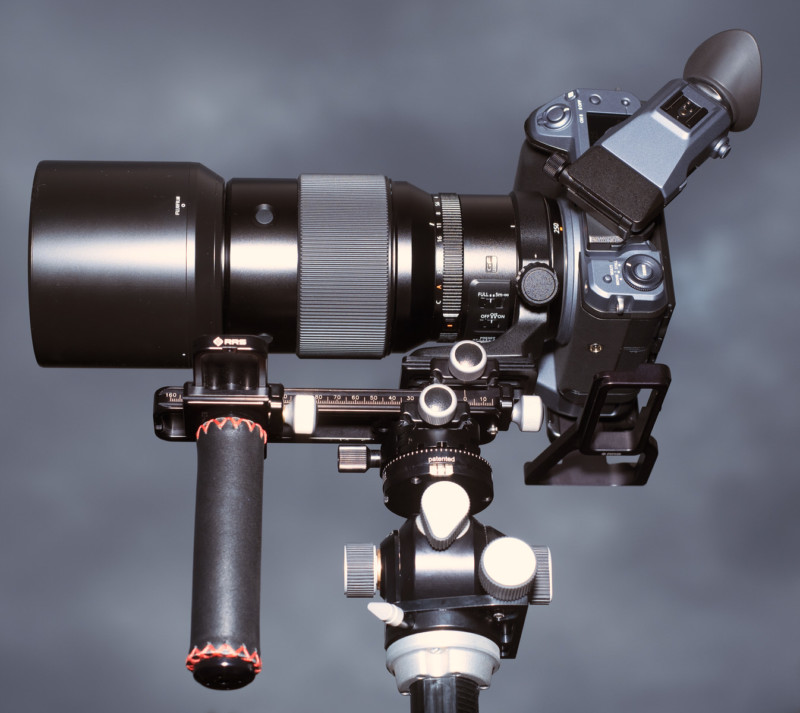
![]()
With the GFX 100, a new era in high-end photography is ushered in, as one no longer has to compromise between highest quality images and easy quick shooting.
Fashion and celebrity photographers since the 60s typically had to switch between tripod-mounted medium format cameras and quicker, lighter 35mm systems — one better for image quality, the other more suitable for spontaneous capturing and moving along with the model. A famous example can be seen in this iconic scene from Blow-Up, the inspirational 1966 masterpiece by Michaelangelo Antonioni:
But now, both of these important aspects are being extraordinarily well accomplished with just one amazing camera! This is truly exciting!
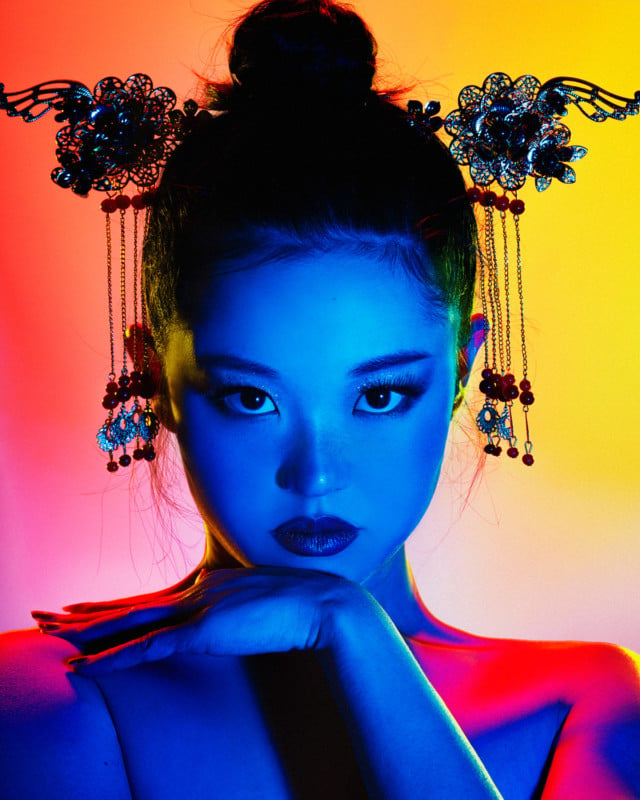
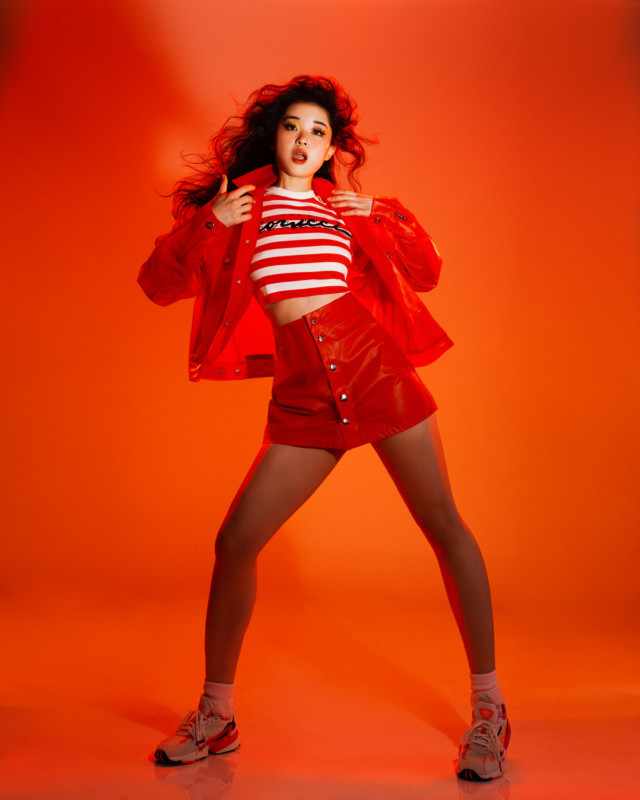
by Markus Klinko: website / Instagram / MARKUS&KOALA
Fujifilm GFX 100: B&H Photo, AmazonUS, Adorama, Focuscamera
The GFX Community
Follow FujiRumors: Facebook, Flipboard, Instagram, RSS-feed, Youtube and Twitter

